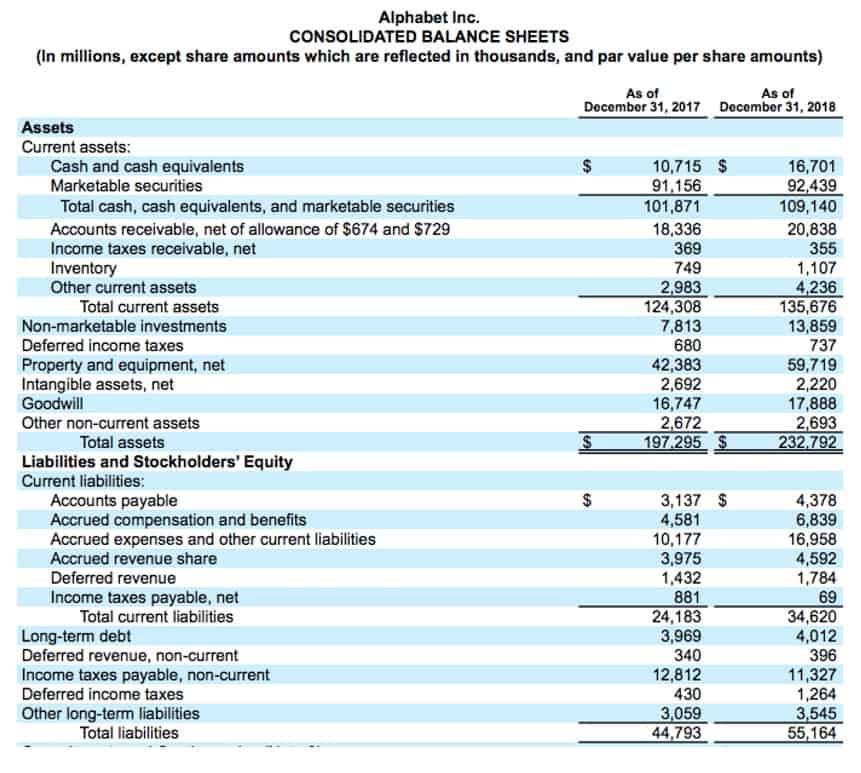18 Oct Answered: Accounts with normal credit balances include:

It is important to note that transactions impacting accounts with a normal credit balance must be recorded accordingly. When such accounts increase, they are credited, and when they decrease, they are debited. This ensures that the double-entry bookkeeping system remains balanced and accurate. Understanding the normal balance of each account is important for accurate financial record-keeping. This knowledge allows accountants to correctly record transactions, ensuring increases are posted on the appropriate side (debit or credit) and decreases on the opposite side. Without this understanding, errors in recording could occur, leading to an unbalanced ledger.
- A healthy company will have more assets than liabilities, and will therefore have a net positive cash flow.
- Expense accounts represent the costs incurred by a business to generate revenue.
- However, for a better understanding of normal credit balance, it is crucial to explore which specific accounts fall into this category.
- This systematic check helps in identifying and correcting discrepancies before financial statements are generated.
- Examples include Rent Expense for the use of property or Salaries Expense for employee compensation.
- A decrease, such as owner withdrawals or expenses, is recorded with a debit.
- It guides the accurate recording of transactions and plays a significant role in preparing financial statements that reflect a company’s financial position and performance.
Impact on Financial Statements
At the heart of the normal balance concept lies the system of debits and credits, which forms the bedrock of double-entry accounting. In this system, every financial transaction affects at least two accounts, with one account receiving a debit and another receiving a credit. These terms are not inherently positive or negative but simply refer to the left and right sides of a T-account, a visual representation used to illustrate an account’s activity. A debit is always recorded on the left side of a T-account, while a credit is always recorded on the right side. The normal credit balance of certain accounts has a significant impact on the presentation of financial statements, including the balance sheet and income statement.
The Significance of Normal Balances
This systematic check helps in identifying and correcting discrepancies before financial statements are generated. In the world of finance and accounting, it is essential to have a clear understanding of the concept of normal credit balance. When recording financial transactions, certain accounts have a natural tendency to carry a credit balance. This means that the amount on the credit side of these accounts is typically greater than the amount on the debit side. Understanding which accounts have a normal credit balance is crucial for accurately maintaining financial records and preparing financial statements. The normal balance of any account is an essential concept in accounting.
- For example, if a company has $100 in Accounts Receivable and $50 in Accounts Receivable Offset (a contra asset account), then the net amount reported on the Balance Sheet would be $50.
- This knowledge is crucial for understanding financial statements and economic activity.
- It’s important to note that while these accounts have normal credit balances, they can still be affected by debit entries.
- Now, let’s delve into some specific examples of accounts that have normal credit balances.
- Credits and debits determine the direction in which transactions affect each account.
- A debit entry increases an asset account’s balance but decreases a liability, equity, or revenue account’s balance.
Owner’s Equity Accounts
Credits and debits determine the direction in which transactions affect each account. It’s crucial to understand that the terms “credit” and “debit” don’t necessarily indicate positive or negative transactions. Account normality can feel counterintuitive if you think of a “credit” as something that increases your account balances or of a “debit” account(s) with a normal credit balance include as something that decreases them. In accounting, definitions are not tied to banking terminology, but instead to the type of account being affected. For reference, the chart below sets out the type, side of the accounting equation (AE), and the normal balance of some typical accounts found within a small business bookkeeping system.

Accounts with Normal Credit Balances

When a business purchases supplies on credit, the Accounts Payable account is credited, increasing the amount owed. In summary, sales revenue is the only account in this list that typically maintains a normal credit balance. Ledger systems are designed to handle debit and credit entries on transactions based on the concept of debit normal versus credit normal accounts. From the table above it can be seen that assets, expenses, and dividends normally have a debit balance, whereas liabilities, capital, and revenue normally have a credit balance. Equity, also known as Owner’s Equity or Stockholders’ Equity, represents the owners’ claim on the assets of the business. This includes Contributed Capital, which is the money invested by owners, and Retained Earnings, which are the accumulated profits Bakery Accounting of the business not distributed as dividends.

This aligns with their position on the right side of the accounting equation. When working with accounting, it’s paramount to understand the concept of the normal balance of accounts. This refers to the side of the accounting equation (either debit or credit) where an account typically increases. Knowing the normal balance for each type of account is crucial for accurate bookkeeping and financial statement preparation.

Asset https://webspheretechnologies.net/fifo-the-first-in-first-out-inventory-method-bench/ accounts represent resources a company owns and have a normal debit balance. Conversely, a decrease in an asset, like paying for equipment, is recorded as a credit. Expenses are costs incurred by a business in the process of generating revenue. Common expense accounts include Rent Expense, Salaries Expense, and Utilities Expense. Like assets, expenses also have a normal debit balance because incurring an expense increases the amount in that expense account. Paying employees, for example, involves a debit to Salaries Expense to record the cost.
On the other hand, assets, equity, and income accounts usually have debit balances, which are recorded on the left side of a T-account. In accounting, every transaction impacts at least two accounts, forming the basis of the double-entry bookkeeping system. This system relies on the concept of a “normal balance,” which refers to the side (debit or credit) where an account’s balance is expected to increase. Understanding normal balances is fundamental for accurately recording financial activities and ensuring the accounting equation remains in balance. Understanding the different types of accounts is crucial for accurate financial reporting and decision-making. Now let’s focus specifically on the accounts that typically have normal credit balances.


